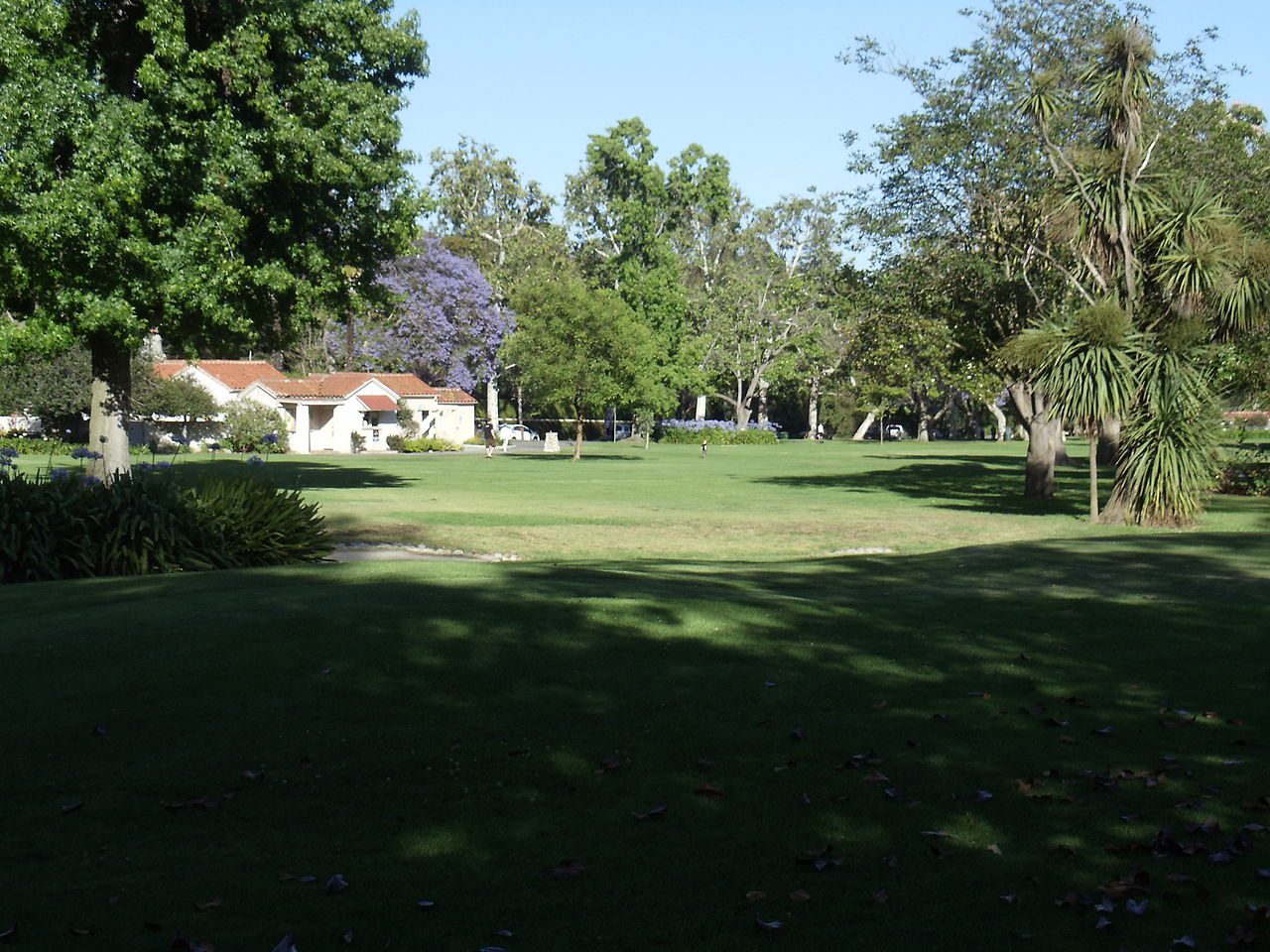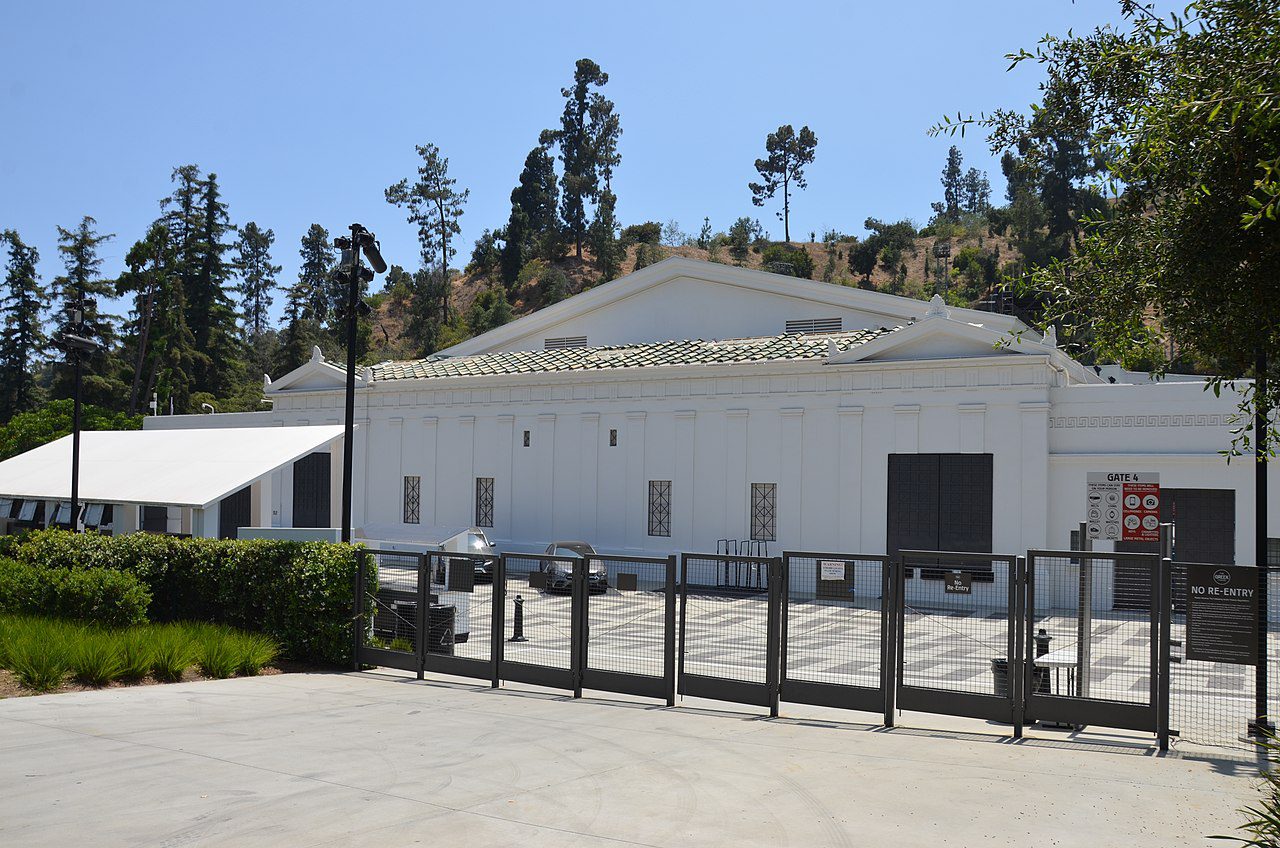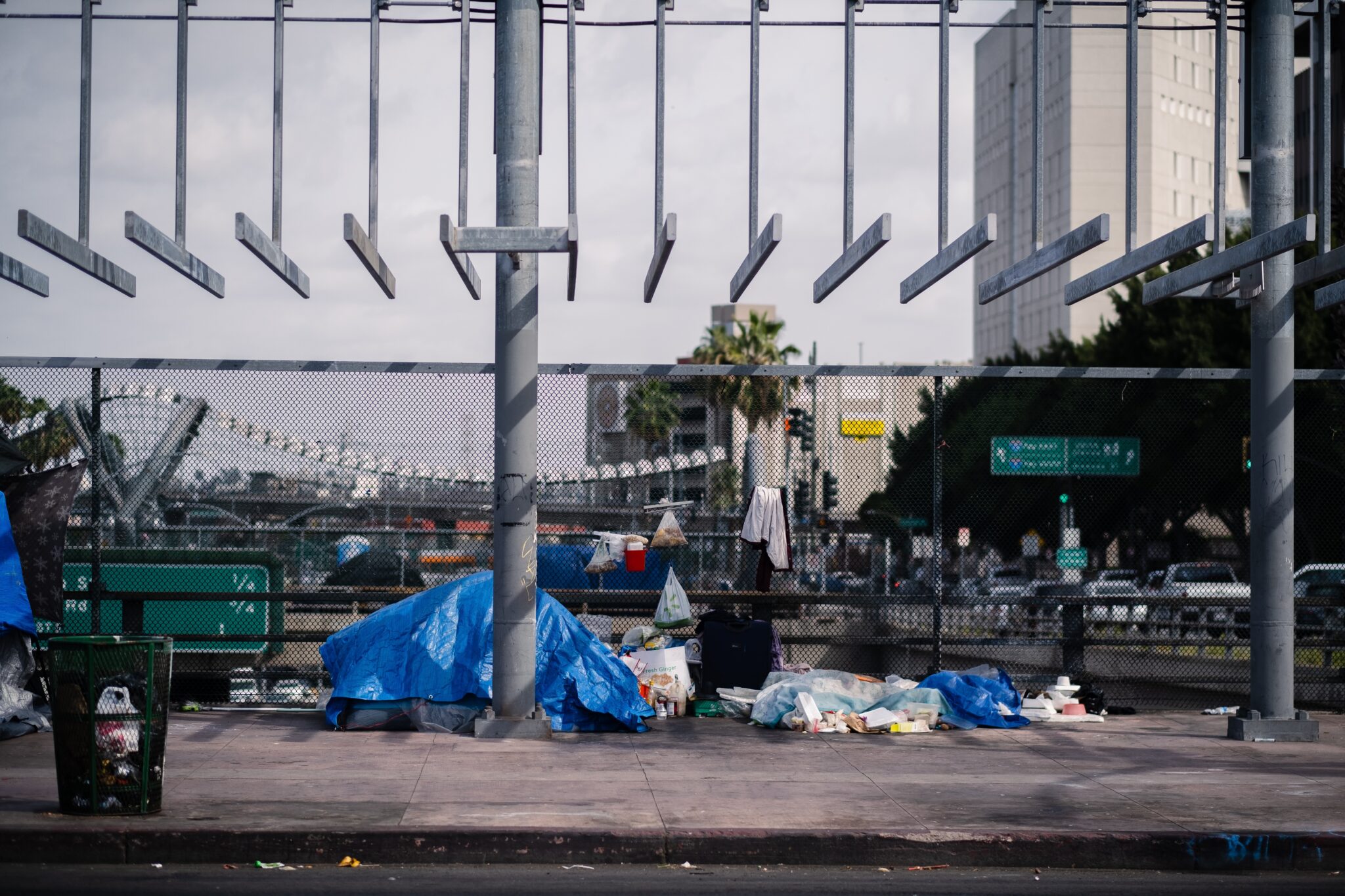Starting Tuesday, people in the city of Los Angeles are limited to two-day per week outdoor watering schedules based on street addresses as part of an effort to conserve water amid a historic drought.
The restrictions, approved by a 13-0 City Council vote after being announced by Mayor Eric Garcetti, are more lenient than the one-day limit ordered earlier by the Metropolitan Water District of Southern California for areas that are dependent on water from the State Water Project.
Effective Tuesday, outdoor watering is restricted to two days per week, down from the current three, with watering permitted at odd-numbered street addresses on Mondays and Fridays, and at even-numbered addresses on Thursdays and Sundays.
Watering with sprinklers will be limited to eight minutes per station. Sprinklers with water-conserving nozzles will be limited to 15 minutes per station. All watering will have to be done in the evening or early morning, with no watering permitted outdoors between 9 a.m. and 4 p.m.
“We were given two paths … and we chose path two, to go with a budgeted volumetric limit for the city of Los Angeles. While most other agencies affected by this need to limit their outdoor watering to one day to comply, we believe that in the city of L.A. we can comply with two-day-a-week watering, and that’s thanks to our customers’ tireless efforts to make conservation a way of life here in Los Angeles,” David Pettijohn, director of water resources for the Los Angeles Department of Water and Power, told the City Council on Wednesday.
The city also urged residents with pools to use pool covers to reduce the risk of evaporation and called on people to wash their vehicles only at commercial car wash facilities.
The city’s water restrictions will be enforced by the Conservation Response Unit, which will focus on areas that are using the most water, according to DWP General Manager and Chief Engineer Marty Adams. He said the department will re-assign employees to ensure coverage in all areas of the city and might bring on additional personnel during the summer.
Enforcement will begin with education for people who are violating the ordinance but will escalate with fines and tickets if needed. Penalties begin with a written warning, then $200 for a second written violation, $400 for a third written violation, and $600 for a fourth written violation.
“Beyond that, we have the ability to put flow restrictors on people’s use if they are recalcitrant and do not comply, and then we also have the ultimate option of terminating service if somebody is really just scofflaw against the ordinance,” Pettijohn said.
Adams said the department has given “very few fines in past droughts,” adding that people are typically happy to comply with restrictions. In the last four years, the department has issued 552 citations, with only 15 resulting in fines, according to Pettijohn.
Meanwhile, many people outside the city of Los Angeles are restricted to one-day per week watering effective Tuesday, as announced by the MWD on April 26. That restriction will apply to the district’s member agencies that are heavily dependent on supplies from the State Water Project, but the agency called on all Southern California residents and businesses to slash water use by 30% to combat drought conditions “unlike anything we’ve experienced before.”
MWD member agencies that fail to enforce the requirement among their customers will face fines of up to $2,000 per acre-foot of water supplied by MWD that exceeds monthly allocation limits.
The State Water Resources Control Board voted last week to ban the watering of non-functional turf at commercial, industrial and institutional properties.
The ban — which does not include turf at residences or turf used for recreation or community purposes — will be effective once approved by the Office of Administrative Law, which typically takes about 10 days, according to the board. Violations would be punishable by a fine of up to $500.
In recent months, the DWP has urged customers to take advantage of its rebates to make water conservation transitions less expensive, including for people who replace their lawns with sustainable and drought-tolerant landscaping. Residential and commercial customers can get $3 per square foot of turf for up to 5,000 square feet, and public agencies can get $4 per square foot for up to 200,000 square feet of turf. The agency also gives a $6 rebate for rotating sprinkler nozzles.
Residential customers can also receive $500 rebates for high- efficiency clothes-washer purchases and $250 for water-efficient toilet purchases.
According to the DWP, the more efficient appliances can reduce water use by more than 11,000 gallons per year. Rebate-eligible toilets use about 30% less water than standard models.
DWP business customers can receive $300 rebates for low-flush toilets, which used to have a rebate of $250. Bathroom and kitchen faucet aerators and high-efficiency showerheads are available for free.
Multi-family, commercial, and industrial building owners who install large-scale water conservation systems can also receive a $2 million incentive, which was increased earlier this year from $250,000. The Technical Assistance Program incentive is available for pre-approved cooling towers, recirculation systems, recycling microfiltration systems, and other upgrades that reduce potable water use by a minimum of 50,000 gallons over two years.
More information is available at https://bit.ly/3wjPxo9.
Officials in recent weeks also have tried to highlight the need to protect Los Angeles’ trees during the drought and restrictions, noting that they provide extensive benefits to health and quality of life.
Trees can capture stormwater, improve water quality and reduce flood risk, along with helping air quality and the impact of heatwaves.
“Trees provide so many benefits for the quality of life and our environment,” Board of Public Works President Aura Garcia said last week. “But as we go through this period to reduce water usage through various ways, we want to share this important information for residents to help maintain and preserve trees in their yards, while conserving water.”
The Department of Public Works urged people to add mulch to their trees and to slow soak their mature trees once a month, especially between June and September. People should also keep a close eye on the trees that were accustomed to receiving water three times per week.
People should also avoid pruning and fertilizing their trees during hot, dry months, the department said.







